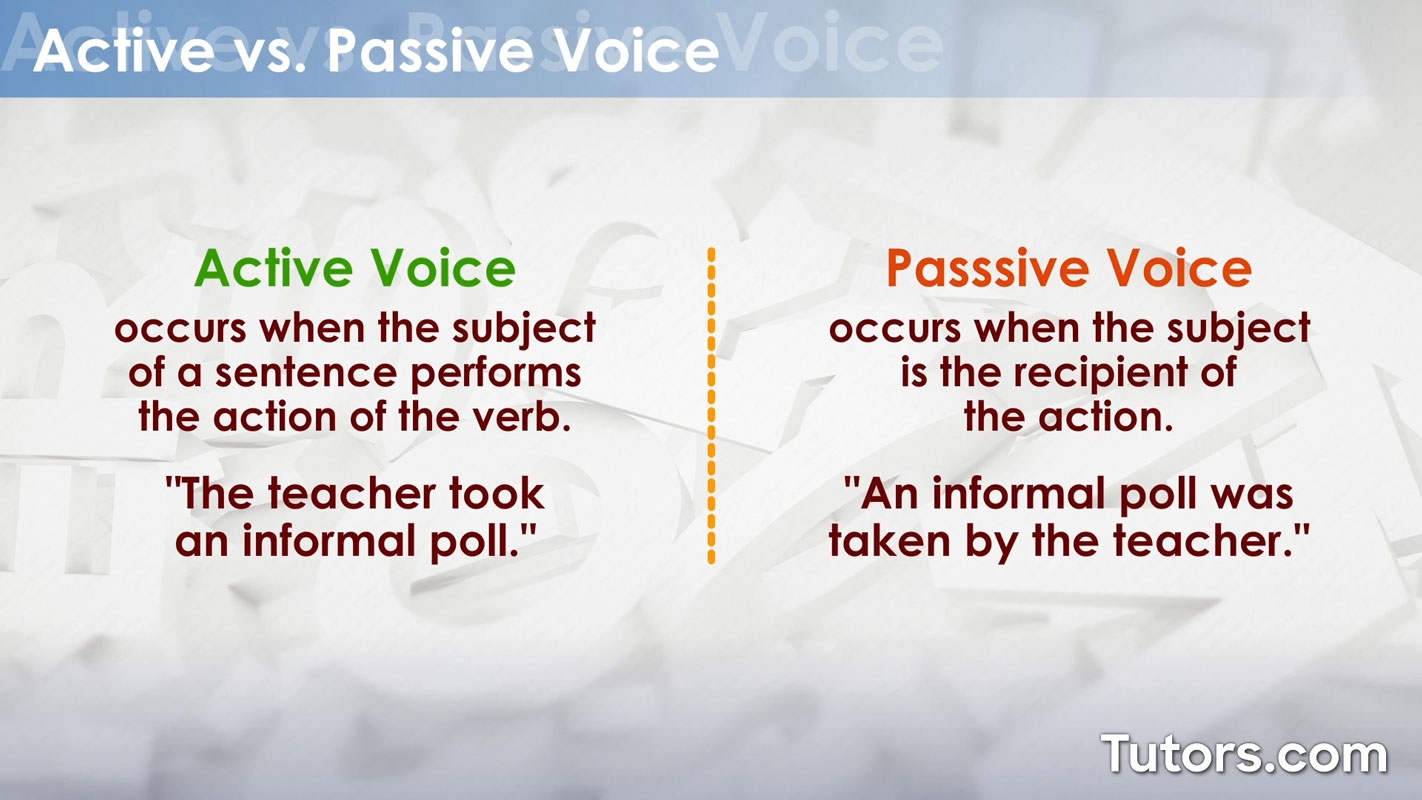Passive voice is often frowned upon in writing as it can make sentences sound weak and less engaging. However, there are times when using passive voice is not only acceptable but necessary in order to convey the intended message effectively.
Passive voice is a grammatical construction where the subject of the sentence receives the action rather than performing it. While active voice is generally preferred for its clarity and directness, passive voice can be useful in certain situations.
One instance where passive voice is acceptable is when the doer of the action is unknown or unimportant. For example, “The cake was eaten” is a passive construction that focuses on the action rather than the person who ate the cake. In cases where the emphasis is on the action itself rather than the doer, passive voice can be appropriate.
Another situation where passive voice is acceptable is when the focus of the sentence is on the recipient of the action rather than the doer. For instance, “The gift was received with gratitude” places the emphasis on the gift and the recipient’s reaction rather than who gave the gift. This can be a more effective way to convey the intended message in certain contexts.
Passive voice can also be used to create a sense of formality or objectivity in writing. In academic or scientific writing, for example, passive voice is often preferred as it can make the writing sound more authoritative and objective. By removing the doer of the action, passive voice can create a sense of impartiality and detachment that is appropriate in these contexts.
In conclusion, while passive voice is generally discouraged in writing for its potential to weaken sentences, there are instances where it is acceptable and even necessary. When the focus is on the action rather than the doer, when the recipient of the action is more important, or when a sense of formality and objectivity is desired, passive voice can be a valuable tool for writers to effectively convey their message.
